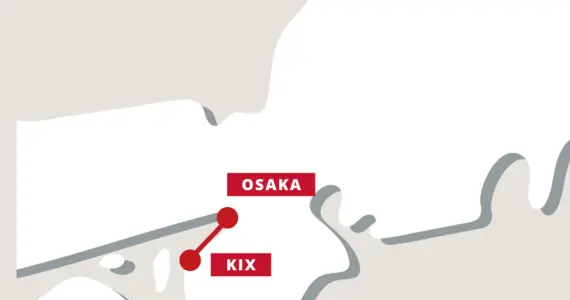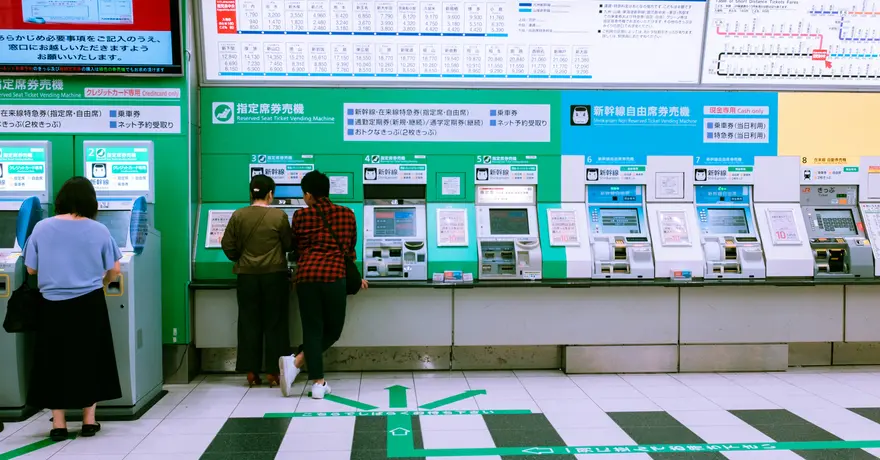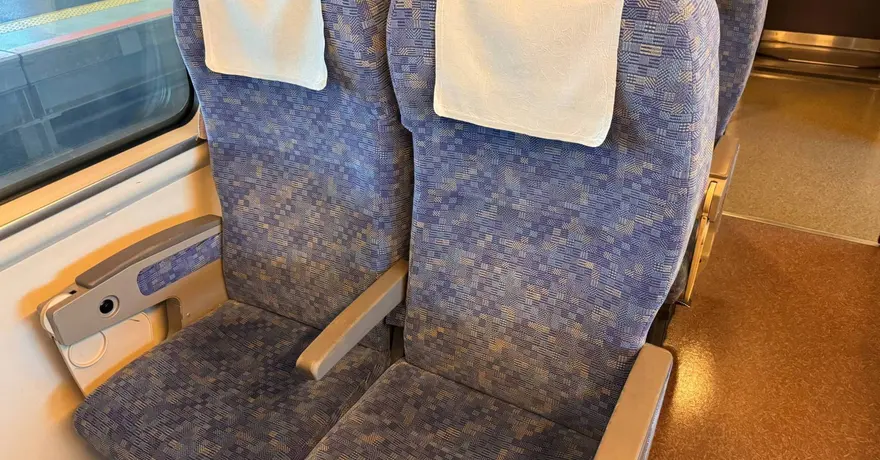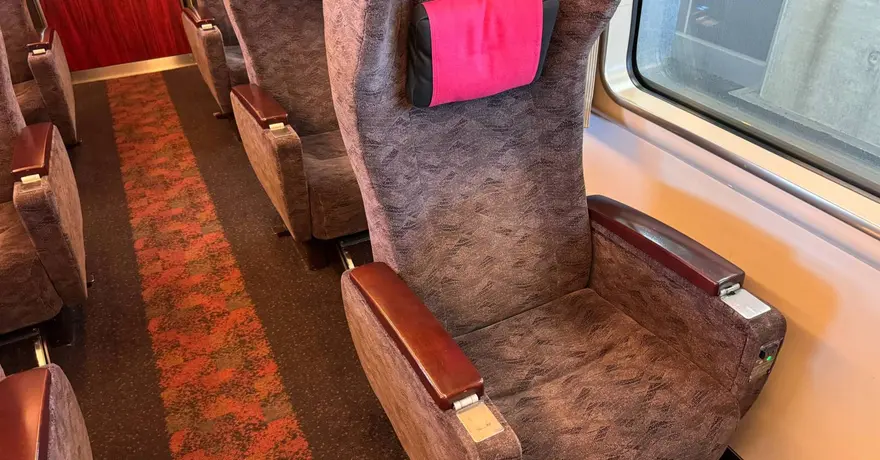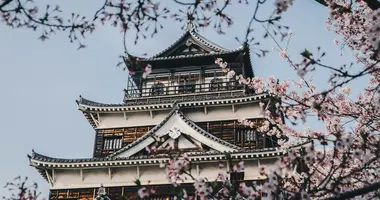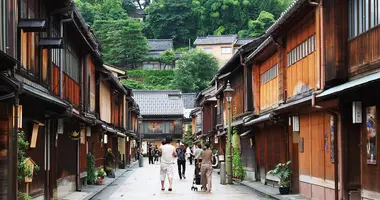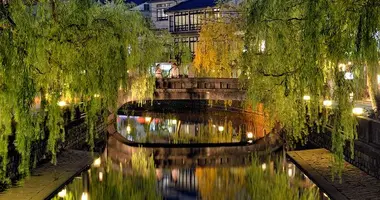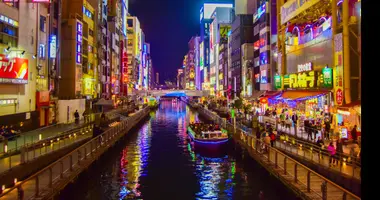Airport Transfer (Haruka Express) from Kansai International Airport (KIX) to Osaka
Official train tickets seller
Choose your preferred seat
7/7 Assistance
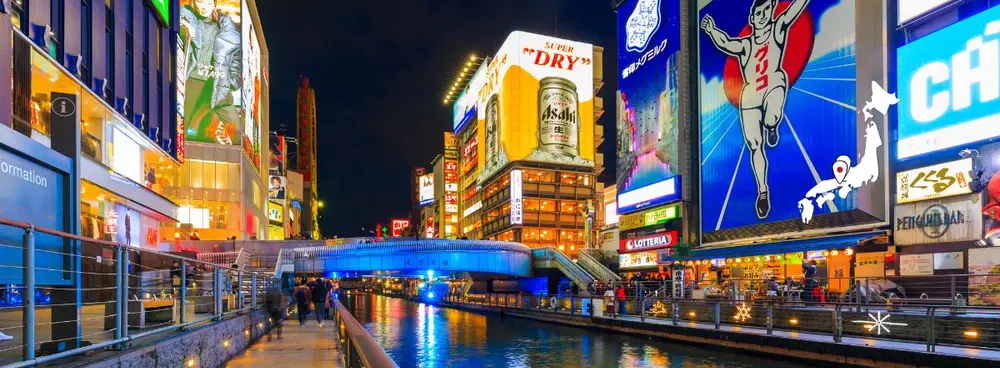
Travel conditions
Ticket type
Passenger information
Seating options
Buy your train tickets in Japan in 3 easy steps
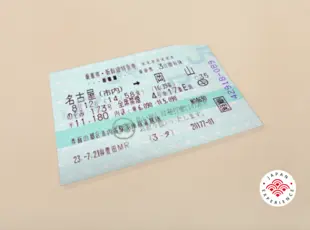
Choose and buy your train tickets for your preferred travel date
Receive your voucher by QR code one month before departure
Exchange your QR code for your train tickets in Japan
Trains in Japan: what does it look like?
What our customers say about us
Travel advice from our Japan train expert
Traveling by train in Japan
Japan boasts a highly developed rail system, making it an extremely practical mode of transportation for both local and cross-country travel. Consequently, both residents and tourists frequently find themselves utilizing trains almost daily, whether they are using local train lines or the renowned Shinkansen bullet trains. For those embarking on their inaugural trip to Japan, the significance of train travel during their visit undoubtedly comes to mind.
Although train travel is a common aspect of life in Japan, there are several factors that may necessitate some prior knowledge or preparation before first-time travelers board a train. This is true even for individuals hailing from countries with a well-established train travel culture.
What makes trains so popular in Japan?
Japan's rail transportation system is regarded as one of the finest globally. The experience of taking a train in Japan can be encapsulated in three adjectives: efficient, fast, and clean. Until one has experienced it firsthand, it is challenging to comprehend just how easy and remarkably convenient train travel is in Japan. Despite the fact that millions of passengers utilize Japan's rail system daily, trains remain impeccably clean, punctual, and operational. For many readers, this description may seem like a utopian vision in comparison to their own country's train network.
There are numerous factors contributing to this remarkable railway system, but it can essentially be attributed to Japan's dependence on imported fossil fuels, which led the nation to make significant investments in its transportation infrastructure via trains. Since the late 19th century, Japanese train companies have been constructing lines to transport people and goods efficiently from one location to another, and as a result of this extensive network, cities began to develop around train stations. While much of Western urban development has centered on car-oriented infrastructure, Japan has primarily expanded its urban areas around train stations. In most Japanese cities, train stations serve as the economic and demographic hubs of the area.
Through strategic investment in its train system, Japan has successfully established one of the most dependable, rapid, and secure rail networks globally!
Train information
The Haruka Limited Expres Train on the Kansai Airport Line is an essential line, not just for travelers, but fort residents of Kansai as well, as it serves as the main means of going to and from the airport for most locales in Kansai. The train itself departs from Terminal 1 in Kansai International Airport and goes out all the way to Kyoto, stopping at a number of stations within Osaka Prefecture and the Osaka City metropolitan area.
These stops include Tennoji Station, Osaka Station, and Shin-Osaka Station. Tennoji Station is surrounded by a retro environment and attractions that go back much farther into Japan’s history. On the other end of the Osaka Loop Line, Osaka Station and Shin-Osaka Station, only one stop away from each other, are in a commercial center of the city with large skyscrapers and shopping complexes all around.
